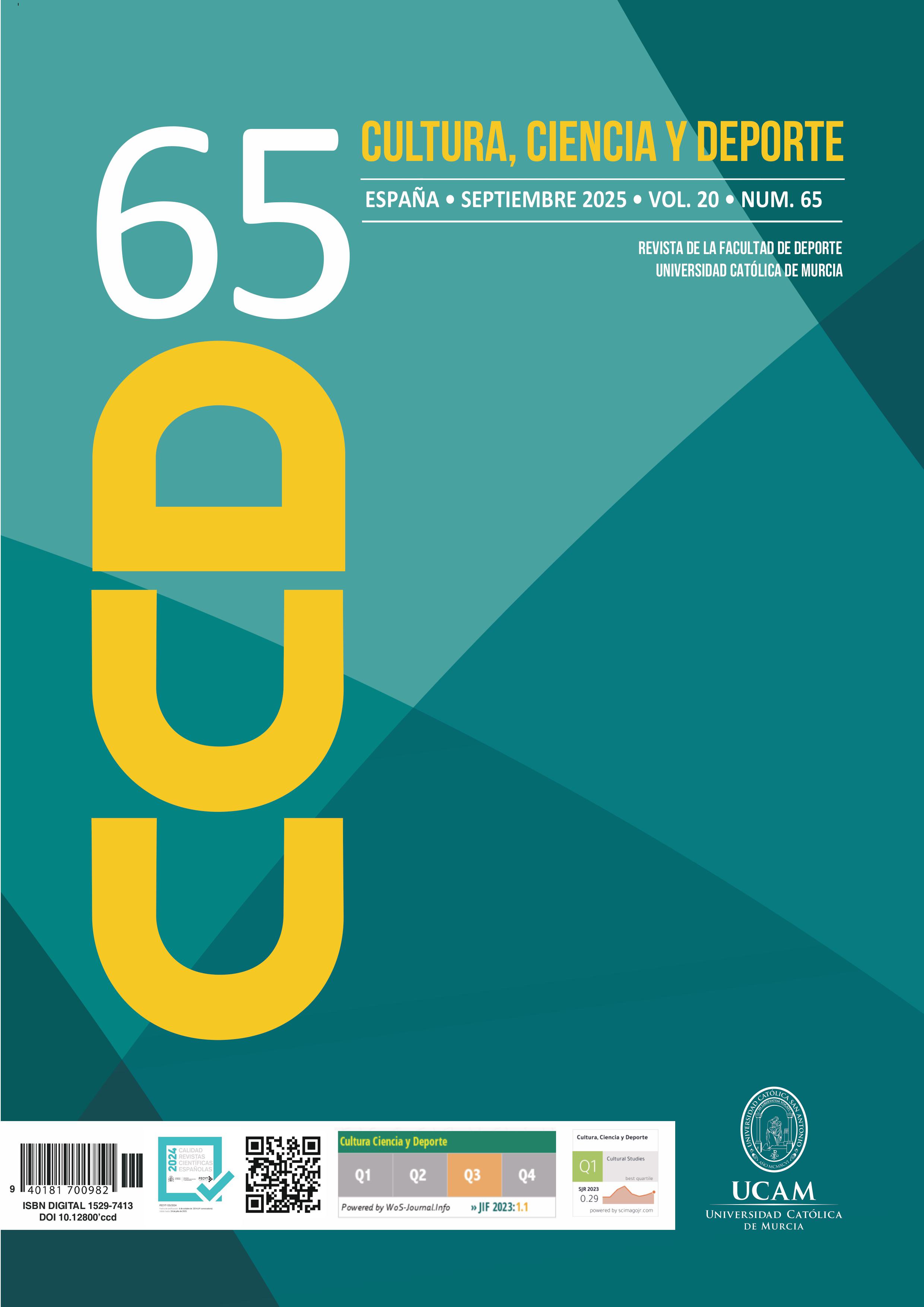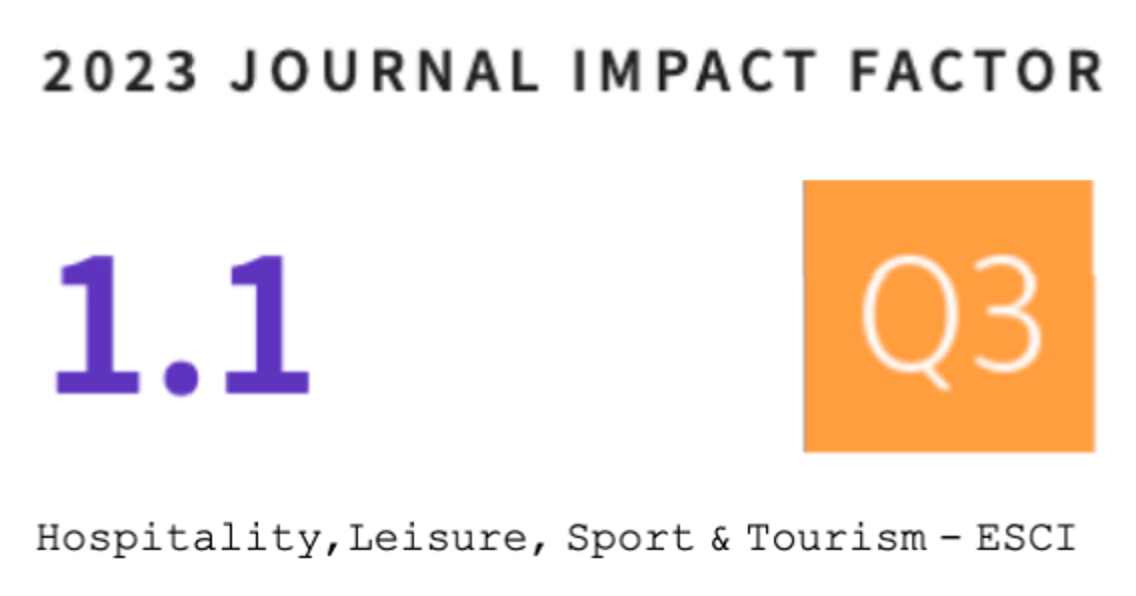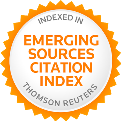CAN A GAMIFIED PROPOSAL IMPROVE KNOWLEDGE AND ATTITUDES TO PERFORM CARDIOPULMONARY RESUSCITATION? A PILOT STUDY WITH SECONDARY SCHOOL STUDENTS FROM CANTABRIA
GAMIFICATION TO IMPROVE KNOWLEDGE AND ATTITUDES TO PERFORM CARDIOPULMONARY RESUSCITATION
DOI:
https://doi.org/10.12800/ccd.v20i65.2307Abstract
The objective of this study was to analyze the knowledge and attitudes towards Basic Life Support (BLS) acquired through a gamified proposal. A comparative study was carried out with Compulsory Secondary Education students [control group (CG; classical teaching) and experimental group (EG; gamified proposal)]. An Ad Hoc questionnaire of 10 questions was used to evaluate knowledge and an attitude questionnaire towards BLS in 65 students (30 women) with a mean age of 14.14 ± 0.43 years. The results of the total number of correct answers between the CG and the post-intervention EG were not significant (p > 0.050), but they were significant in both groups with respect to the pre-intervention questionnaire [i.e., CG (p < .050). 001); EG (p < .001)]. In the post-intervention attitude questionnaire, EG scores increased in self-perception (p < .001), intention to perform BLS (p = .011) and positive motivation (p = .006), and amotivation score decreased (p = .027), but there were no changes in CG (p > .050). A gamified proposal produces the same learning as the traditional method and, in addition, increases perceived self-efficacy, positive motivation and intention to perform BLS, and decreases demotivation.
Downloads
Published
How to Cite
Issue
Section
License
Copyright (c) 2025 Creative Commons Attribution License

This work is licensed under a Creative Commons Attribution-NonCommercial-ShareAlike 4.0 International License.
The authors who publish in this journal agree with the following terms:
- The authors retain the copyright and guarantee the journal the right to be the first publication of the work as well as licensed under a Creative Commons Attribution License that allows others to share the work with recognition of the authorship of the work and the initial publication in this journal.














